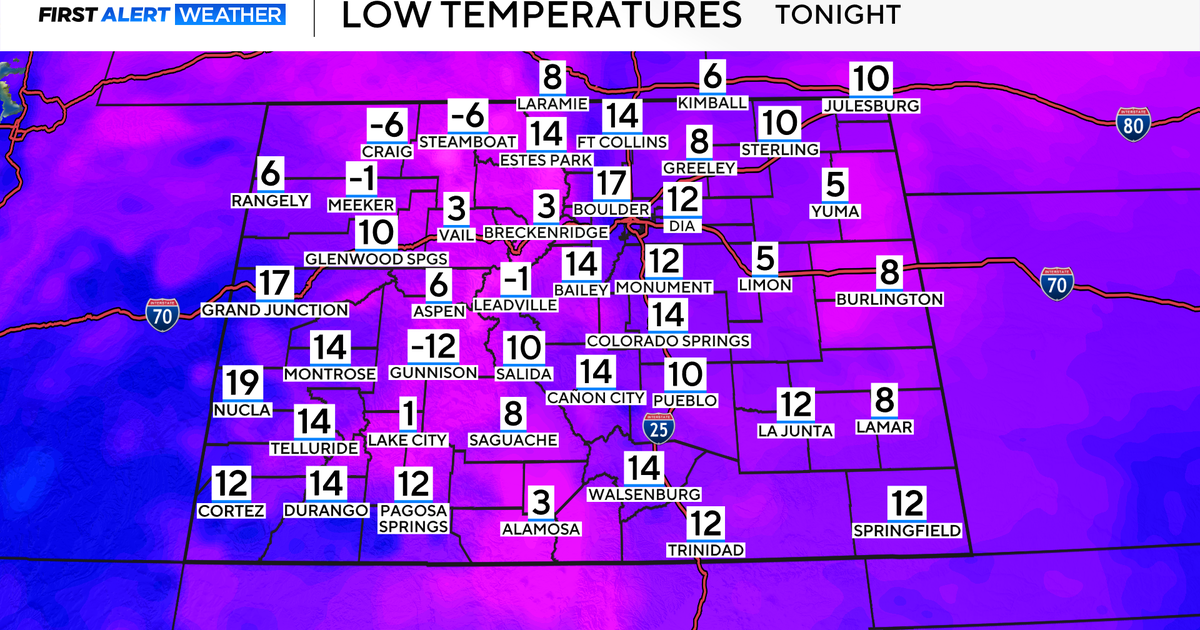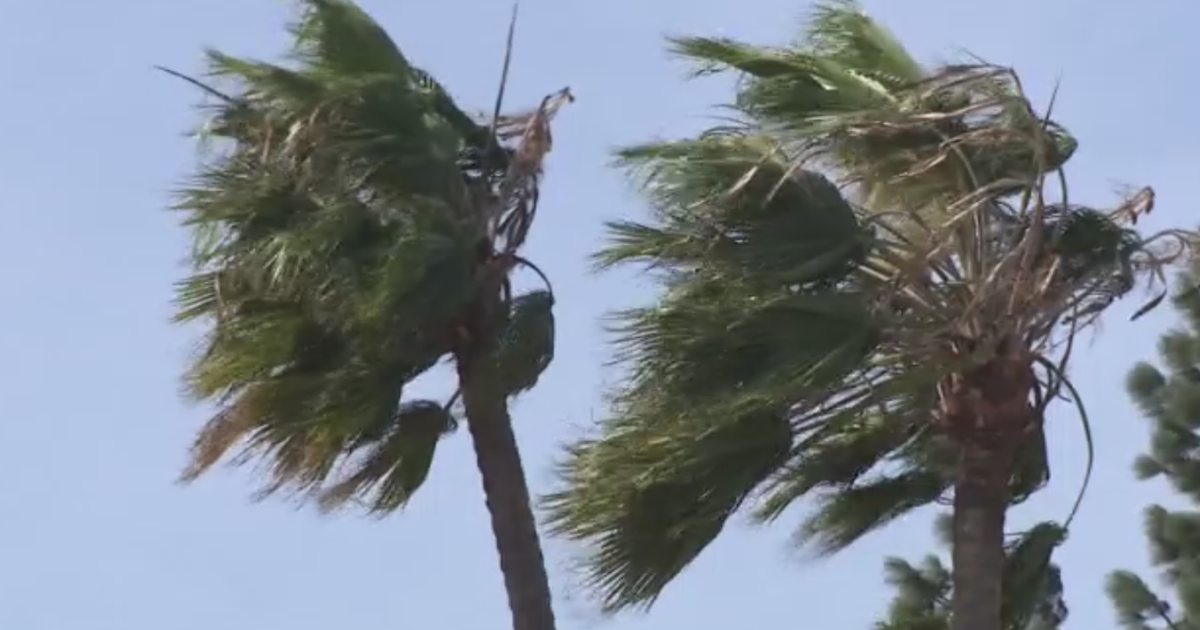NASA Tracking Changes Of Near-Record Ice Loss In Greenland
BALTIMORE (WJZ) -- According to NASA, it's been a summer of near-record ice loss in Greenland, and there's more melting to come.
NASA Scientist Tom Neumann says the world's largest island is shrinking as a result of the ice melting.
"It's losing mass even faster now than it used to. So that's contributing to sea-level rise globally," Neumann said.
While you may or may not be able to see the sea level rise, it could be felt during certain weather events.
"We have Hurricane Dorian going on right now, and when sea level increases, storm surge will be able to reach further inland," Neumann said.
Related Coverage:
- Assateague Island Horses Instinctively Head To Higher Ground For Protection Ahead Of Potential Hurricane Dorian Effects
- Ocean City, Maryland, Emergency Services Preparing For Potential Effects Of Hurricane Dorian
- Potential Effects Of Hurricane Dorian Could Cause Smith Island To Be Temporarily Cut Off From Mainland
- As Hurricane Dorian Pummels The Southeast, Here's Some Tips To Prepare For A Natural Disaster
The ice in Greenland is known as land ice, NASA is also tracking sea ice.
Unlike land ice, sea ice is already in the water, so when it melts, it doesn't contribute to sea-level rise, but it does lead to warmer ocean temperatures.
"As that energy balance in the Arctic changes, it changes the jet stream and how weather systems move around, and changes the weather that we experience right here in the D.C. and Baltimore area," Neumann said.
NASA is tracking these changes with a new satellite in space designated to monitor the amount of ice on earth.
It remains to be seen whether or not 2019 will set a record for arctic ice loss, but it is tracking to be one of the worst in the past 40 years







